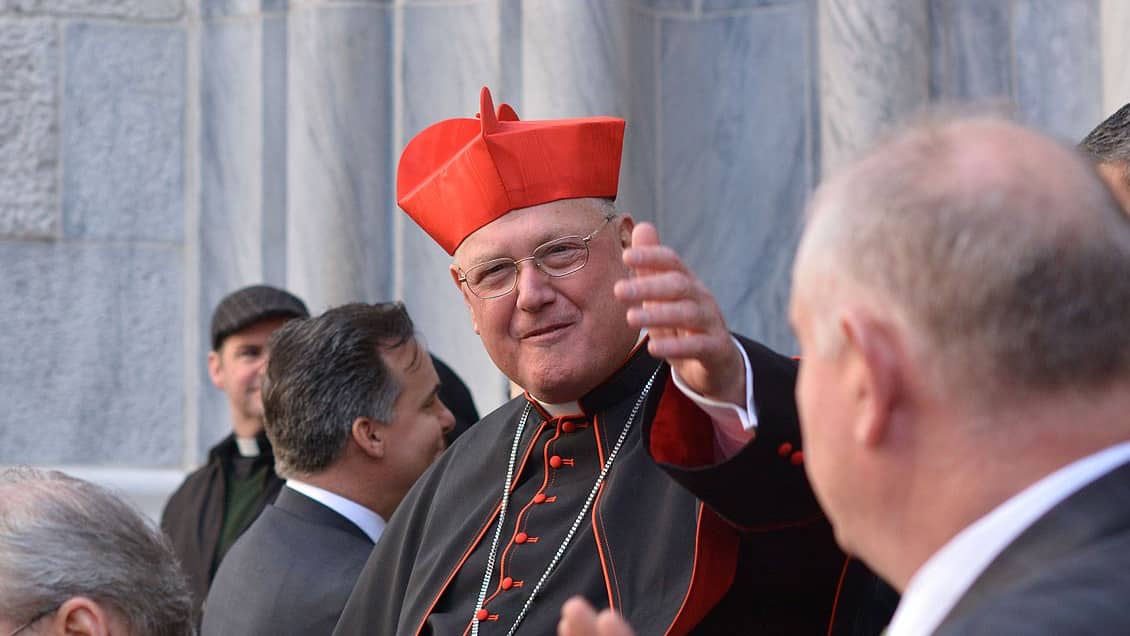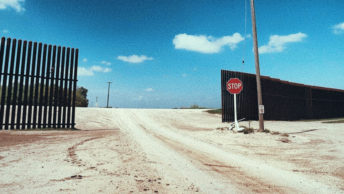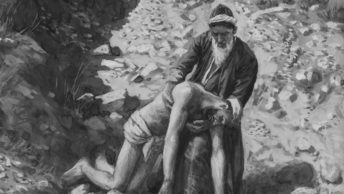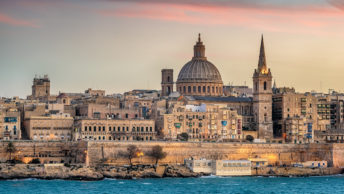Recently, this writer came across an interesting letter while researching the subject of Catholic immigration into the United States from other countries in the mid-19th century.
On April 18, 1856, the Bishop of Pittsburgh, the Rt. Reverend Michael O’Connor S.J., sent a letter—and a subscription check—to the Rev. J. Kelly, President of the Society for Promoting Catholic Settlements.
At first, it seemed as if it would be an organization to encourage further immigration into the U.S. from places such as Italy, and Ireland, the latter to escape the potato famine. But no, it turned out to be a group dedicated to promoting Catholic immigration within the U.S., out of the slums of the big eastern cities to new settlements out west.
Bishop O’Connor went on to argue that the Society could help encourage such movement by building churches for the newcomers, and installing clergy as soon as possible. It could also help the settlers overcome any “difficulties” they might encounter. One such problem was all too common, the underhanded practices of some real estate operators, so vividly depicted in Charles Dickens’ novel Martin Chuzzlewit, for example, where the thriving frontier town of Eden depicted on a New York City map, is in reality a malarial backwater in swampy countryside.
Bishop O’Connor went on to deny in his letter that his support for the Society had anything to do with the antics of the American, or Know-Nothing Party, a thriving movement just then. The Know-Nothings got their nickname from their habit of answering “ I know nothing,” when anyone questioned them about their activities. They were strongly anti-Catholic, some even believing the Pope wanted to rule the United States.
There were other internal immigration societies at this time too, such as the Children’s Aid Society, the Women’s Protective Emigration Society, and the Irish Emigration Society. They too wanted people to escape the big city slums, though it might have helped to clear the said slums too, of course.
Oddly enough, at least a few clergy in the U.S., and in Ireland too, tried to discourage Catholic immigration to and within the United States. Some felt the voyage across the Atlantic Ocean was too perilous; others, unlike Bishop O’Connor, were afraid of the Know-Nothing Party; and one in Ireland cited America’s “awful climate.” If the latter was citing summers here in Washington, D.C., this writer couldn’t agree more.
[hr style=”striped”]Sources: The New York Times—–July 11, 1855, page 4; September 21, 1855, page 4; April 30, 1856, page 3; May 4, 1857, page 2; December 29, 1857, page 4; and January 27, 1858, page 4.








